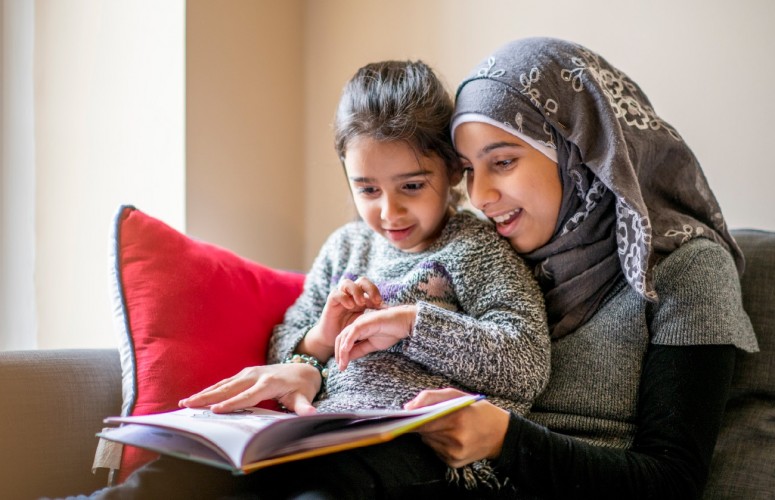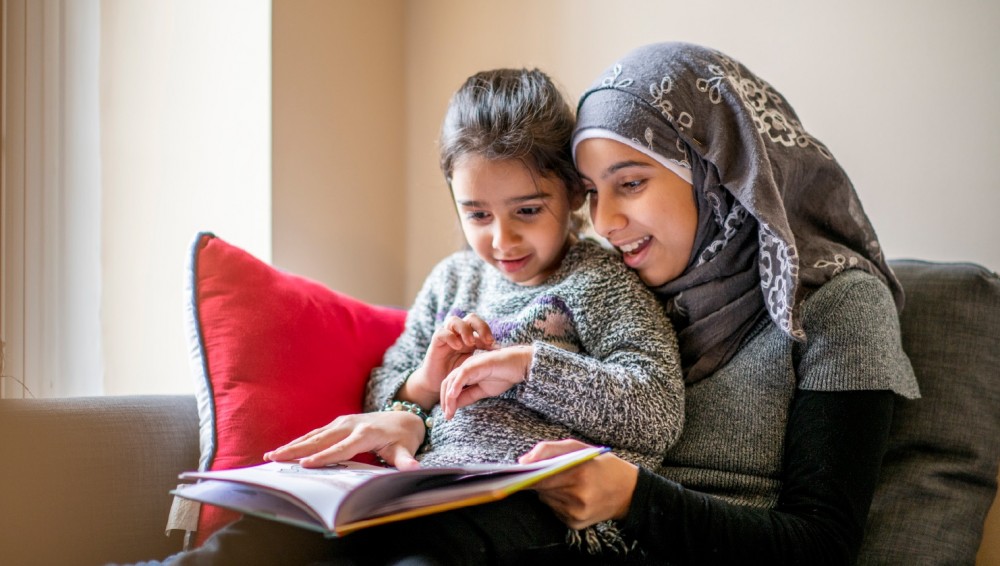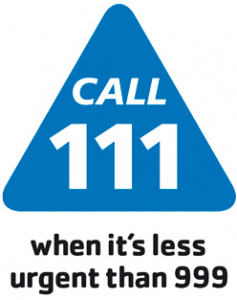Categories are a system for dividing and classifying items according to appearance or quality, they can be organised into types and further divided into sub-types.
Words are stored in the brain in groups, a bit like a filing cabinet where words are stored together by meaning e.g. the words stored alongside the word ‘dog’ might be bone, bark, tail as these are commonly words associated with ‘dog’. Grouping these words together makes it easier for us to recall them. Most words fall neatly into categories that help this storage and retrieval, but some words are harder to categorise.
The use of categories also helps us to describe related words, allowing us to more effectively communicate our knowledge of these words. Categories that are typically learnt first are: food, drink, family members, animals and transport.
Here are some activity ideas to support children’s understanding of categories. Developing understanding of categories can help children to further develop their understanding of key vocabulary as well as aiding in retention and retrieval of vocabulary.
Understanding categories
Identification of one member of a group
Choose a category to focus on and use objects or pictures. Show three pictures/objects to the child and ask, “Which one is a fruit?” You can extend this by picking out more than one fruit within a group, and so on.
Sorting
Provide a range of pictures/ objects of items in two different categories e.g. food/ clothes (3-4 items from each category). Ask your child to separate them out into two groups. This activity can be extended by grouping into sub-categories e.g. animals grouped into farm/ wild animals.
Odd one out
Concepts are developed by learning categorisation and sorting items according to their various properties, functions and attributes. Show the child a group of pictures/objects and ask them to find the odd one out. , “Which of these is the odd one out? And why?” Answer, “The hippo is the odd one out because it is a wild animal, the pig and the horse are farm animals.”
Encouraging expressing in categories
Category labelling
Choose a category to focus on and use objects or pictures. Show three objects/pictures to the child and ask, “Which ones have wheels?” You could also ask the child to name the category that the items all belong to. e.g. ‘what category/ group do all these items belong to? (transport/ food/ clothes etc.).
Labelling three members of a category
Ask the child, “Can you name three types of transport with wheels?” with or without pictures/objects.
Alternatively, other activities to elicit target words are detailed below:
Techniques to elicit target words, e.g. the word ‘cup’
- Provide an alternative - “Is it a plate or is it a cup?”
- Give the first sound of the word - “c…”
- Lead in with a sentence - “It’s time to have a ……of tea.”
- Use words associated with the target word - “It holds a drink, it has a handle.”
Odd one out
Show the child a group of pictures/objects and ask them to explain the odd one out e.g. “The hippo is the odd one out because it is a wild animal, the pig and the horse are farm animals.”
Vocabulary Building
These activities can also be extended to incorporate sub-types, e.g. show the child a range of pictures/objects and ask them to divide them into groups according to where they are found in the house, whether they are made of metal/wood, or associated with performing a particular task. For example, if talking about the bathroom at home, bathroom items and their functions can be identified. This can also be used to add vocabulary; e.g. “Which items are found in the bathroom, what are they used for, can you describe it, have you got one?”




